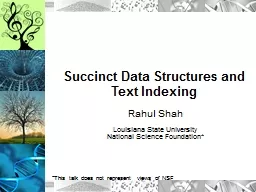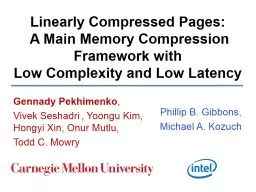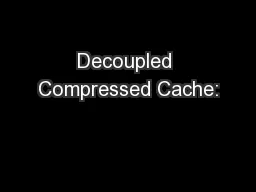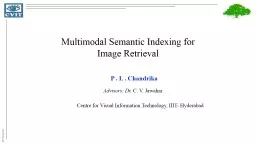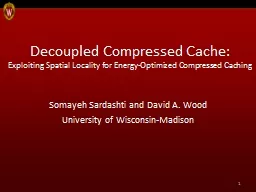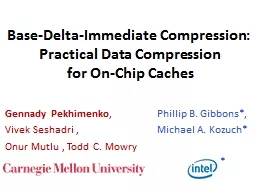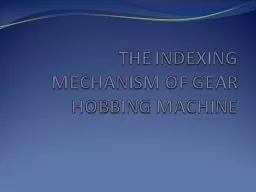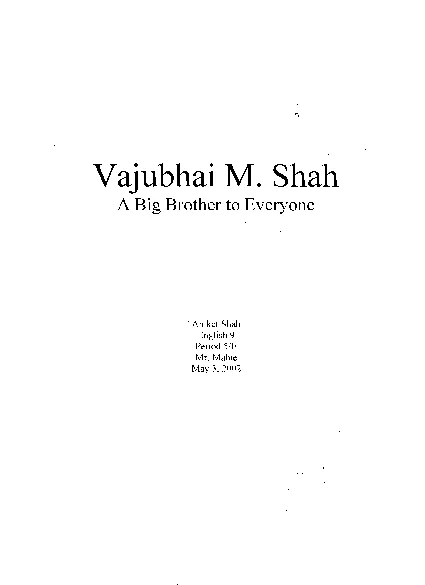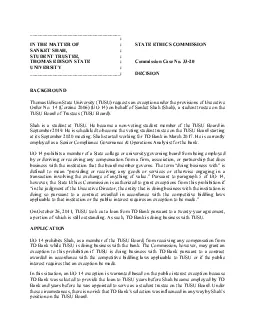PPT-Hard Instances of Compressed Text Indexing Rahul Shah Louisiana State University
Author : mitsue-stanley | Published Date : 2019-11-05
Hard Instances of Compressed Text Indexing Rahul Shah Louisiana State University National Science Foundation Supported by NSF Grant CCF 1527435 This talk does not
Presentation Embed Code
Download Presentation
Download Presentation The PPT/PDF document "Hard Instances of Compressed Text Indexi..." is the property of its rightful owner. Permission is granted to download and print the materials on this website for personal, non-commercial use only, and to display it on your personal computer provided you do not modify the materials and that you retain all copyright notices contained in the materials. By downloading content from our website, you accept the terms of this agreement.
Hard Instances of Compressed Text Indexing Rahul Shah Louisiana State University: Transcript
Download Rules Of Document
"Hard Instances of Compressed Text Indexing Rahul Shah Louisiana State University"The content belongs to its owner. You may download and print it for personal use, without modification, and keep all copyright notices. By downloading, you agree to these terms.
Related Documents

